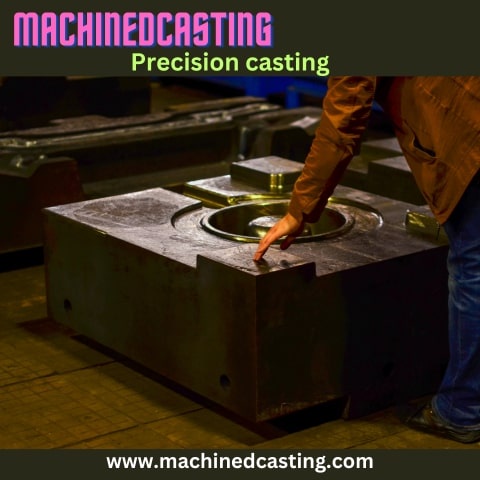Precision casting, also known as investment casting or lost-wax casting, is a metalworking process that allows you to create intricate, high-quality metal components with excellent dimensional accuracy. This technique has been used for centuries and continues to be a valuable method for crafting complex parts. In this comprehensive guide, we'll walk you through the Precision casting process and provide you with valuable insights to help you master this art.
Understanding Precision Casting
Precision casting is ideal for producing components with intricate details, fine surfaces, and complex geometries. It's widely used in industries such as aerospace, automotive, medical, and art. The process involves creating a wax or plastic pattern of the desired part, coating it with a ceramic shell, and then melting the pattern to leave a cavity, which is later filled with molten metal.
Materials and Equipment
-
Wax Patterns: Start by creating a wax or plastic pattern of the part you want to cast. This pattern should be an exact replica of the final metal component.
-
Ceramic Shell: Apply multiple layers of ceramic material to the pattern to create a robust mold.
-
Kiln or Oven: Heat the mold in a kiln or oven to melt the wax or plastic pattern, leaving a void in the shape of the desired part.
-
Crucible: Melt the chosen metal alloy in a crucible, making sure it reaches the desired temperature for pouring.
-
Casting Equipment: You'll need a system for safely pouring the molten metal into the ceramic mold, such as a vacuum casting machine or centrifugal casting machine.
The Precision Casting Process
-
Pattern Creation: Craft a precise wax or plastic pattern of the component you want to cast. Pay close attention to detail and dimensions.
-
Assembly: Attach the pattern to a wax sprue, which acts as a channel for the molten metal.
-
Ceramic Coating: Dip the pattern and sprue assembly into a ceramic slurry, allowing it to dry between coats. This builds up a sturdy ceramic shell around the pattern.
-
De-Waxing: Heat the mold in a kiln to remove the wax or plastic, leaving a cavity for the metal.
-
Preheating: Heat the ceramic mold to the required temperature, ensuring it's free of moisture.
-
Pouring: Melt the chosen metal alloy in a crucible and carefully pour it into the preheated ceramic mold.
-
Cooling: Allow the casting to cool, which solidifies the metal within the mold.
-
Shell Removal: Break away the ceramic shell to reveal the finished metal casting.
Quality Control
Inspect the cast part for any defects, and perform any necessary finishing, such as sandblasting or machining, to meet your desired specifications. Precision casting allows for minimal post-processing, as it generally results in an excellent surface finish and tight tolerances.
Precision casting is a remarkable method for creating complex metal components with accuracy and finesse. Whether you're a professional engineer, artist, or craftsman, mastering this process can open up a world of possibilities for creating intricate and high-quality metal objects. With practice and attention to detail, you can achieve exceptional results in precision casting.


No comments yet